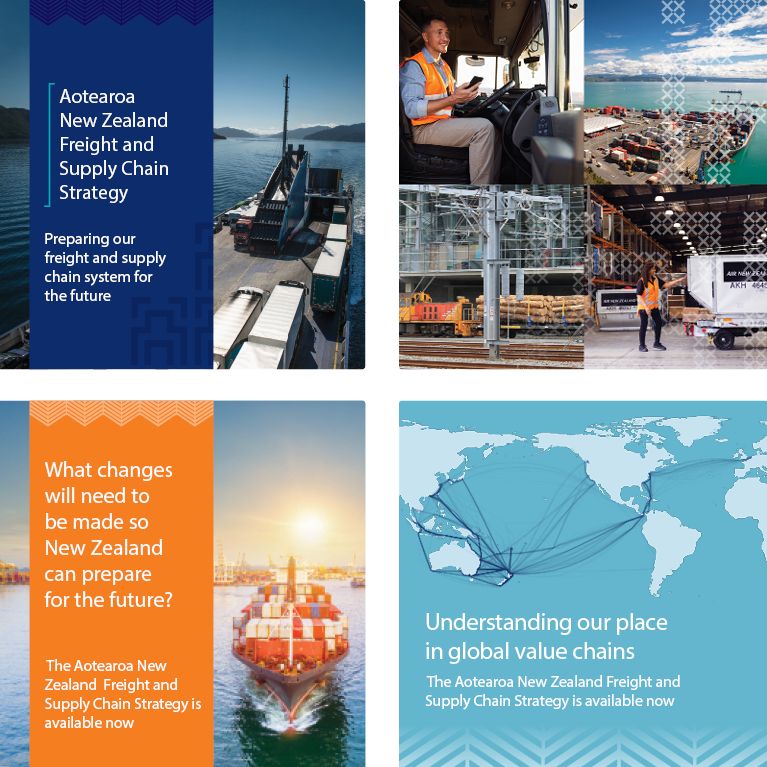The Ministry of Transport’s Freight and Supply Chain Strategy released today is a pragmatic document and where we need to go according to freight industry bodies National Road Carriers Association (NRC) and the NZ Trucking Association (NTA).
The Strategy sets out nine strategic goals for the next 10 years. Strategic goals under the heading Infrastructure and Government Systems include decarbonising freight routes and infrastructure, evidence-based decision making for freight, and reliable and adaptive long-term plans for the freight system.
Under the heading Enabling the Sector, there are strategic goals for the sector to lead change with government support and for the value and function of the freight system to be understood across the government and by the public.
International Connection strategic goals include resilient and efficient international shipping and airfreight services and for the Government and the sector to be ready to respond to global supply chain threats and opportunities.
The document also sets out four desired supply chain system outcomes: zero emissions, resilience, productivity and efficiency, and safety and sustainability.
NRC GM Policy & Advocacy James Smith says the freight and supply system has been lacking the aspirational targets this document brings and the time horizons in the document are helpful.
“The collaborative focus of the strategy is what is necessary to face the challenges the strategy outlines. There has been a lack of government leadership in this area and this document is filling that vacuum,“ says Smith.
NTA CEO David Boyce says the strategy recognises the importance of the freight and supply chain sectors contribution to New Zealand’s economic wellbeing.
The Strategy’s introduction states, “The freight and supply chain system underpins New Zealand’s economy. The system moves goods from producers to those who need them, at home and abroad. New Zealand’s economic goal is to be a high-wage, low-emissions economy that is competitive and economically secure. To do this our freight and supply chain system needs to work well.
“The COVID-19 pandemic and extreme weather events at the start of 2023 showed us how vulnerable our system could be. Freight connections to communities and markets were impaired and, in some cases, cut off, which had serious economic and social costs. Previously considered once in a generation, these events are becoming more frequent and severe. Because of this, we need to make sure our freight and supply chain system performs well and can withstand and recover from disruptions quickly.”
The strategy document sets out a 30-year direction to prepare New Zealand for the future. Accompanying the strategy document is a plan of immediate actions focusing on the most urgent, important, or achievable work in the short term that sets the country up for longer-term initiatives.





